Abruzzo home raffle went so well, Brit is doing another not far from L’Aquila and its comeback story
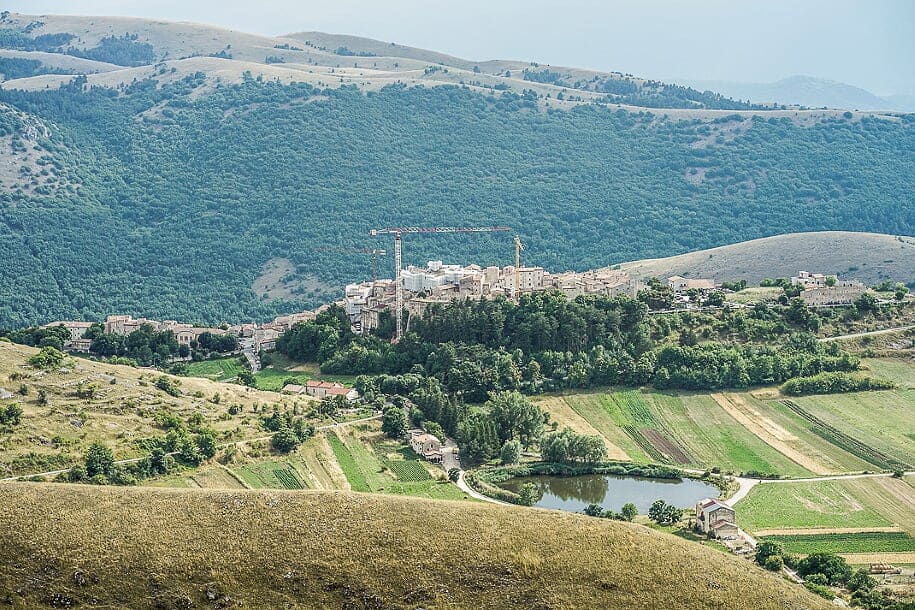
L’AQUILA, Italy — Jamie Abbott learned it’s pretty easy to sell a slice of heaven. Now he wants to sell another. The line has already formed to the right.

Remember my March blog on the Englishman who raffled off a house in rural Italy for 50 English pounds (about $65)? Well, he easily sold all 6,000 tickets in a heated frenzy and in the live June 29 drawing, which drew an audience on Facebook of 2,500 people, it went to a young Italian man of about 30.
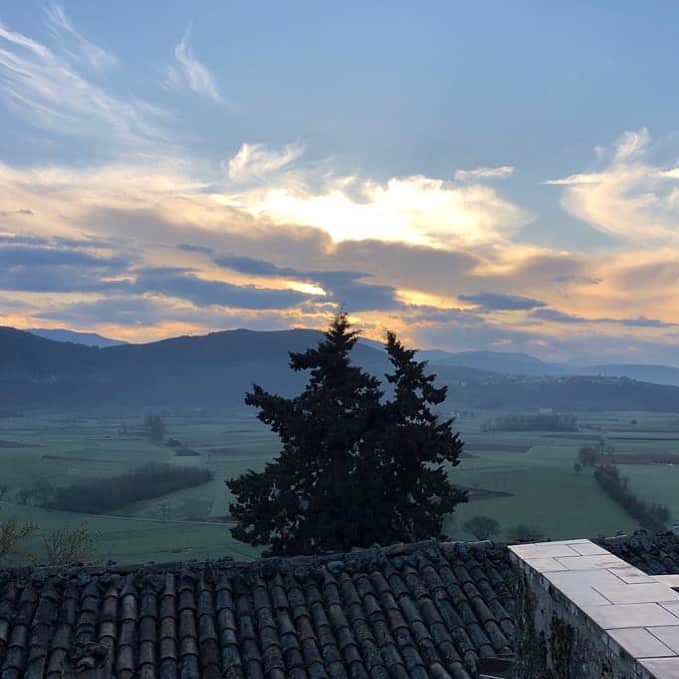
Jamie is looking to do it again. This time, for the same 50-pound ticket price, it’s the house where he, his wife Lea and their two young daughters live. It’s a 1,300-square-foot house with three bedrooms, two bathrooms, two large woodburners, vaulted ceilings and a huge terrace with views of the forest and mountains. It’s in the town of Caporciano, with all of 215 people, a megalopolis compared to Carapelle Calvisio (pop. 90), Abruzzo’s smallest town where the raffled house sits.
The two villages, 10 miles apart, are at about 2,700 feet in the beautiful, rolling hills of Abruzzo. This is the Italian region tucked in the back pages of tour guides, the place everyone overlooks on their journey to the next Tuscan winery or Adriatic beach or Roman ruin.
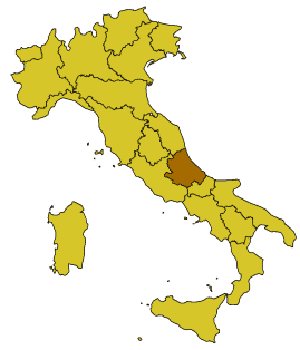
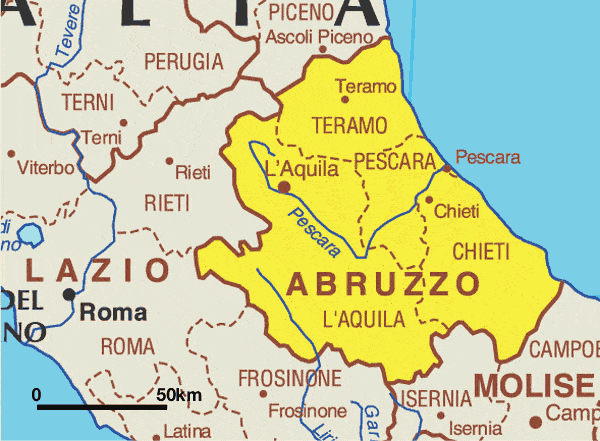
Squeezed between Rome’s Lazio region and the Adriatic, Abruzzo is a land of cool mountain air, sprawling national parks, unspoiled villages, spectacular cuisine and Montepulciano wine. Sprinkle it all with hearty locals still fighting back from a devastating natural disaster and you have Old Italy, the Italy you see in romantic movies.
I know. The Abbotts hosted Marina and I one August day and we experienced all of the above in a few hours.
Marina and I took the dirt-cheap Flixbus from Rome two hours to the Abruzzo capital of L’Aquila. This is the part of Central Italy that goes from green plains and walled, hill towns to thick forests and green mountains. The forested hills stretch high toward the Apennines which cut down the spine of Italy. Barely another structure is in sight.
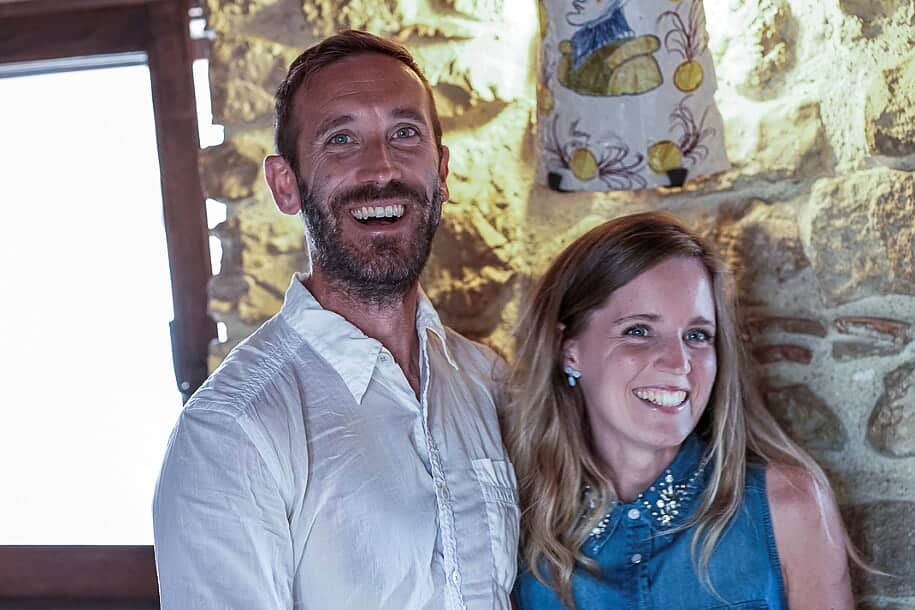
However, as much as Mother Nature blessed Abruzzo, she has also been a complete bitch to it. For centuries Abruzzo has been poleaxed by earthquakes, from 1315 when 1,349 died to the 2009 quake that killed 308, injured 1,500, damaged up to 10,000 buildings and left 65,000 homeless.
As soon as Jamie picked us up in L’Aquila, we could see the lingering after effects. We looked up at empty shells of buildings, many without windows or pockmarked like honeycomb. Massive scaffolding held up others. Hovering over it all were giant cranes, their towers looking like giant praying mantises picking up the pieces. Marina and I looked at each other. It reminded us both of what we’d seen in March.
Beirut.

We went up one hill where a large fence blocked off an open pit. It looked similar to the surroundings of the World Trade Center after 9-11. L’Aquila, a university town, had a large student housing structure here. It collapsed during the earthquake, killing 25. Some of their mugshots adorned one of the many signs, one of which quoted noted Chilean poet Pable Neruda: “E’ prohibito piangere senza imparare (It’s not allowed to cry without learning).”
Jamie was in his home in Caporciano on that April 6 day. At 3 a.m. he was sound asleep when his bed “just danced across the room,” he said. The lights started flickering. Household items started crashing. His car alarm started ringing. Growing up in Colchester, England, and working many years in London, he’d never experienced an earthquake. He only moved to Abruzzo four years earlier.
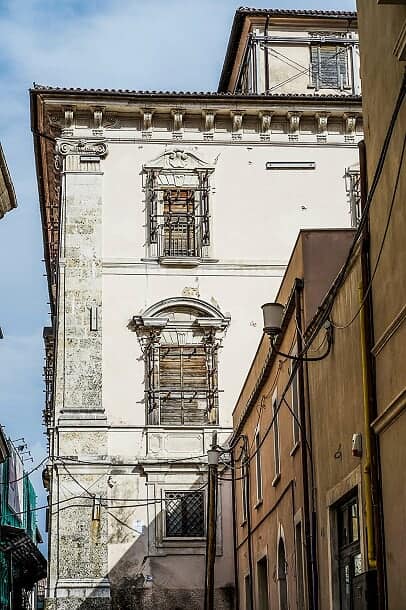
“I didn’t want to wake anyone up so I went and turned my car alarm off,” he said as he drove through L’Aquila’s otherwise pleasant tree-lined streets. “Everyone was out on the street. No, they said. It’s a big, big earthquake.”
No one died in Caporciano 20 miles away. Five people died in Castelnuovo, two villages over. Not knowing if the house was safe, Jamie spent a month precariously dashing in and getting supplies and sleeping either in his car, with friends outside the village or others in Pescara, Abruzzo’s major seaside town 50 miles away. Finally an inspector making the long rounds came to Caporciano and deemed the house habitable.
Jamie moved back in but the sorrow never moved out.
“I was just shocked and sad,” he said. “Everyone in this area was affected or knows someone affected majorly by the earthquake. They either died or lost their house. I felt I wanted to stay. Many people say, ‘Why are you still here? Just go back to England and carry on there.’ I really felt it was home.”

As he continued driving we could see why. The narrow country road climbed into the hills, occasionally passing through hamlets with only a few buildings, some with scaffolding and others still the same charming centuries-old yellow stone architecture. Small stone paths led up off the main road toward small homes. We barely saw another person.
Jamie knows these roads like his old home in England. He and Lea have an antique Italian furniture online business called Rustic Italia (https://www.etsy.com/shop/rusticitalia) and they comb these hills looking for items they ship as far away as Australia. He never tires of the drives.
“When we talk to people we compare Abruzzo with Tuscany and Umbria which are inundated with tourists and have a sense of everything been discovered,” he said. “Whereas here there’s so much to discover which is one reason we really, really love it. It’s very special.”
Climbing up to 2,775 feet, we weaved our way through the village of Prata d’Ansidonia, a town of 487 people that dates back to the 4th century BC. Heavily damaged by the earthquake of 1703, it still hasn’t recovered from the 2009 earthquake. We walked under scaffolding covering a narrow stone path where an intimidating fence kept us from continuing. The path beyond has been ruled too dangerous to walk.
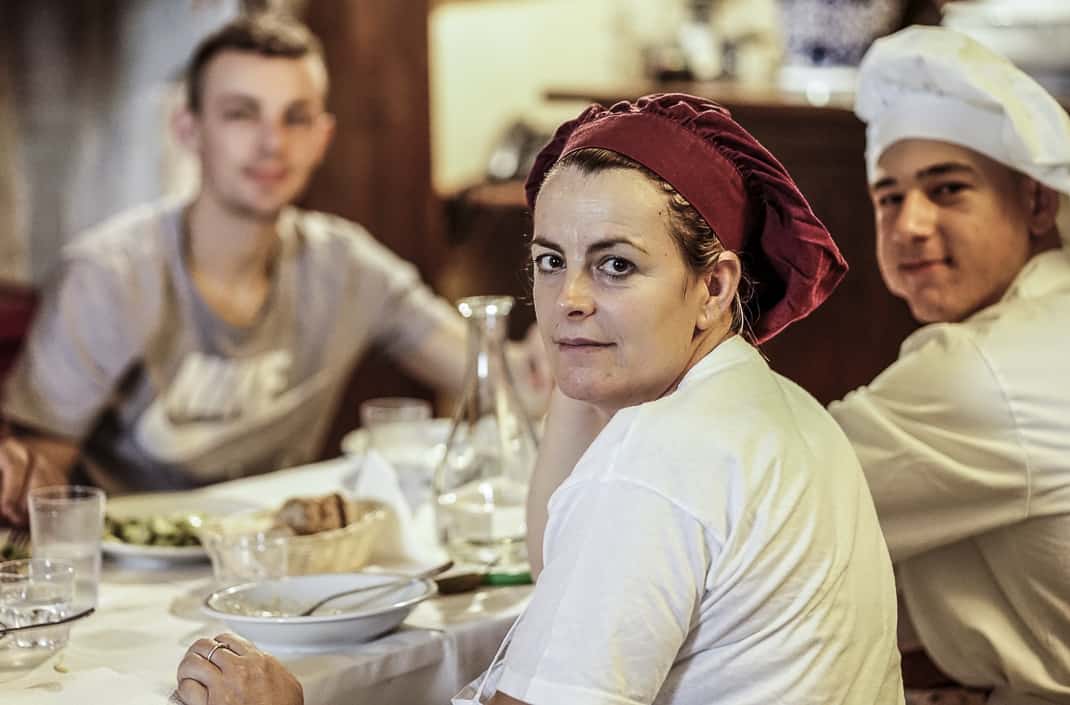
No matter. The curtailed end of the path was our destination. A modest sign over a door designated Il Borgo dei Fumari. In a building more than 600 years old, the restaurant oozes as much country home charm as anywhere I’ve been in Europe. Fumari comes from fumare, the Italian word for “to smoke.” Every room of the three-story restaurant has a fireplace.
The friendly, attentive staff led us to a private room featuring stone floor and walls and featuring an elegant gold tablecloth, two wine cabinets and a door opening up to a patio with a view of the Abruzzese countryside. Flower pots lined the patio rails.
I could imagine curling up here in the winter, the yearly snow piled up on the hills outside the window, a fire roaring and a rich Montepulciano in my hand.
Unfortunately, the restaurant was built just before the 2009 quake. It suffered little damage but had to close as the damage surrounding it made it inaccessible. It reopened three years later.
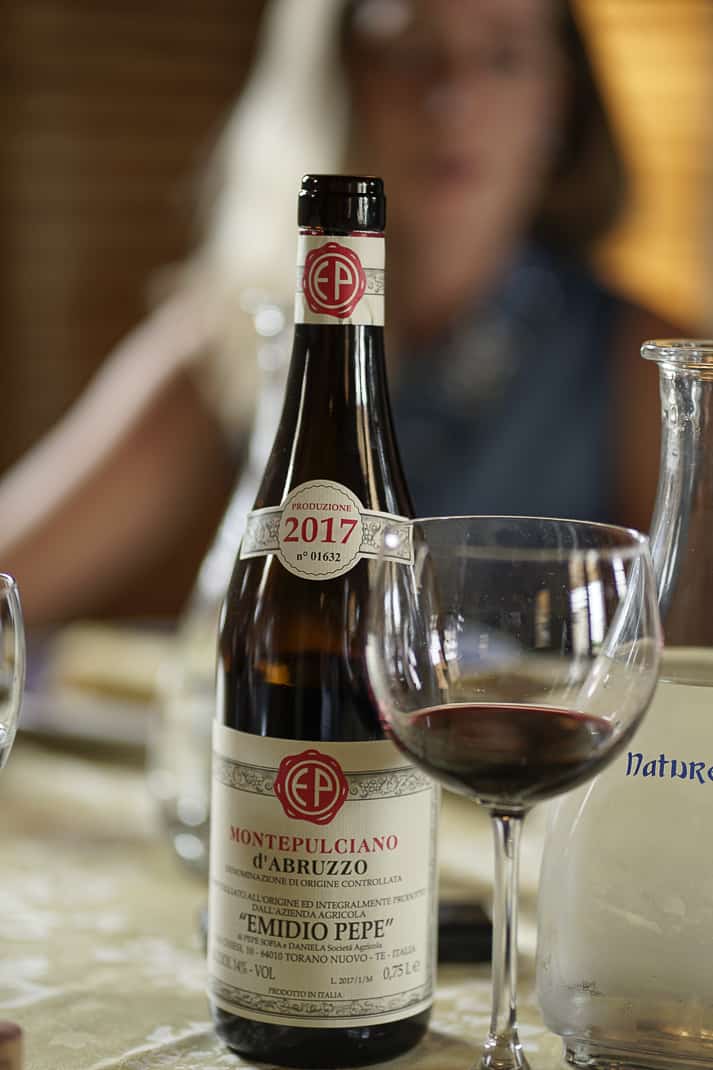
This is where you go for a sampler of Abruzzese’s underrated cuisine. Hugging mountains with cold, wet winters, Abruzzese cuisine is hearty. Its highlights are lamb, mutton and macaroni pasta. Leading ingredients are saffron, rosemary, chili peppers and truffles, lots and lots of truffles. These are the cherished mushrooms scattered all through Central Italy and are priced all the way up to $2,700 an ounce
After Lea joined us, Jamie ordered the grande antipasto. Out came an endless parade of appetizers. First came scomorza, a Southern Italian curd cheese, with jam and almonds. Then came grilled mushrooms and zucchini, a quiche with chili peppers and truffles, bruschetta (toasted fresh bread) with truffles and lard, potato squares, polpette checci (chickpea meatballs), cheese in a marmalade sauce, sliced local salami, mozzarella with truffles and tropea cipotle (caramelized red onions) and pizza fritta (a fried ring of pizza dough).
All washed down with a bottle of Montepulciano from the local vineyard Emidio Pepe, it was the perfect setting to discuss one of the Abbotts’ favorite topics.
Raffling off a house in this countryside.
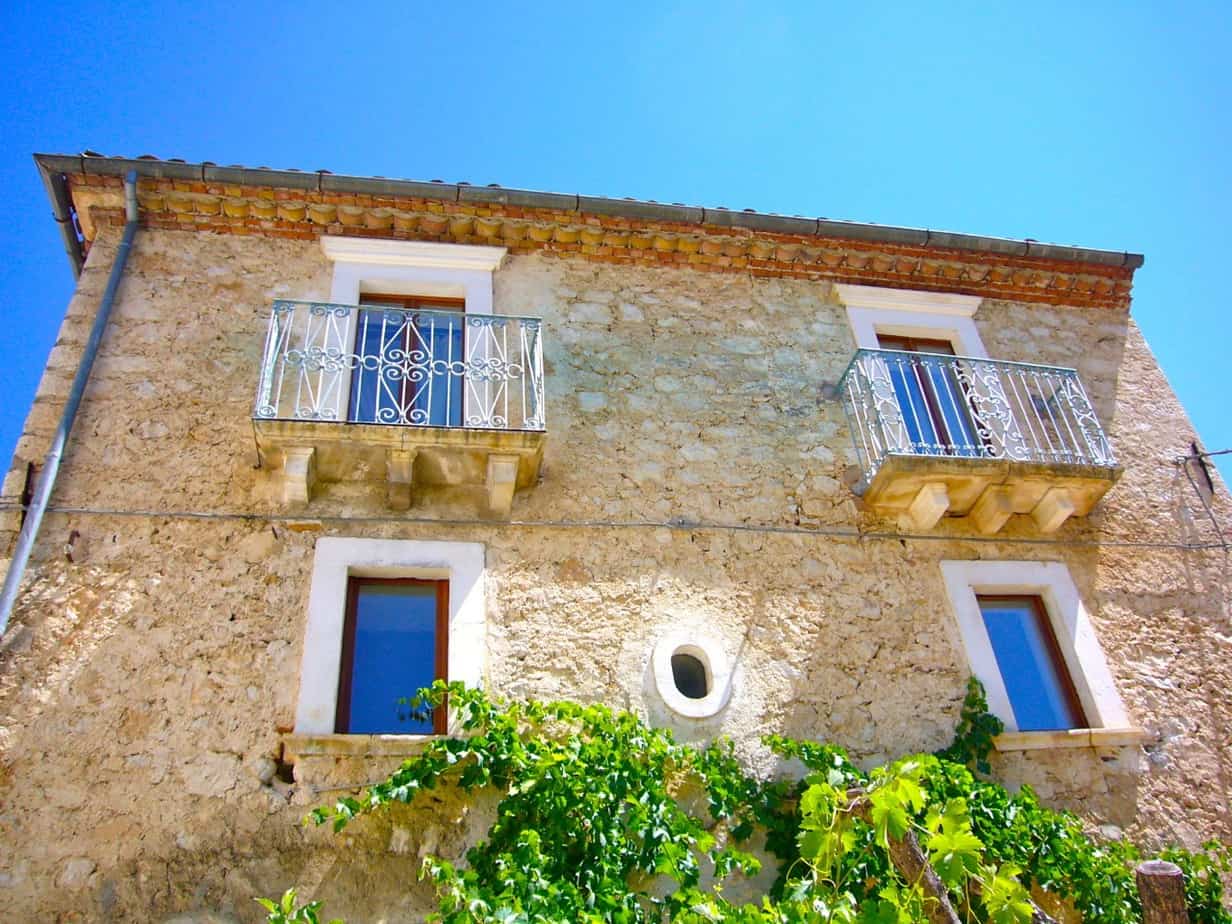
“We sold 6,000 tickets and that was our goal and our maximum,” he said. “We could’ve sold 2,000-3,000 more. It was crazy.”
It started last winter when Jamie saw a blog I’d written in January about an American who bought an 800-year-old farmhouse in Umbria and turned a few grape vines into a fledgling vineyard. Jamie asked if I’d be interested in an Englishman raffling off a house for the price of a good meal. I’d heard of small, struggling towns in Italy raffling off houses for as little as a euro.
This was an opportunity to get the inside of how you beat a collapsing Italian housing market. We did a phone interview and I posted the blog. The next day The Local, Italy’s only source of English-language news, reprinted it. Then so did Travel & Leisure. Then Business Insider. Then Il Messaggero, Rome’s main newspaper. Soon word spread around the world with Yahoo South America and the Eastern European press joining the publicity train.
Seeking a minimum of 4,000 tickets, he reached the 6,000 mark shortly thereafter. It raised 300,000 pounds, about 50,000 pounds more than the value of the house with the rest going to marketing costs and the 15,000-pound second-place prize. People bought them from 40 countries, from as far away as the Galapagos Islands.
Now people wanting to raffle their properties are coming to him for advice. What does he say?
“You would need to be on the bureaucratic side,” he said. “Follow the rules and make everything be honest and be transparent. Give the whole package. One of the things that certainly helped make it very successful is we linked our Facebook and Instagram and social media and included ourselves within that. Many people who do this, there’s no face to it.
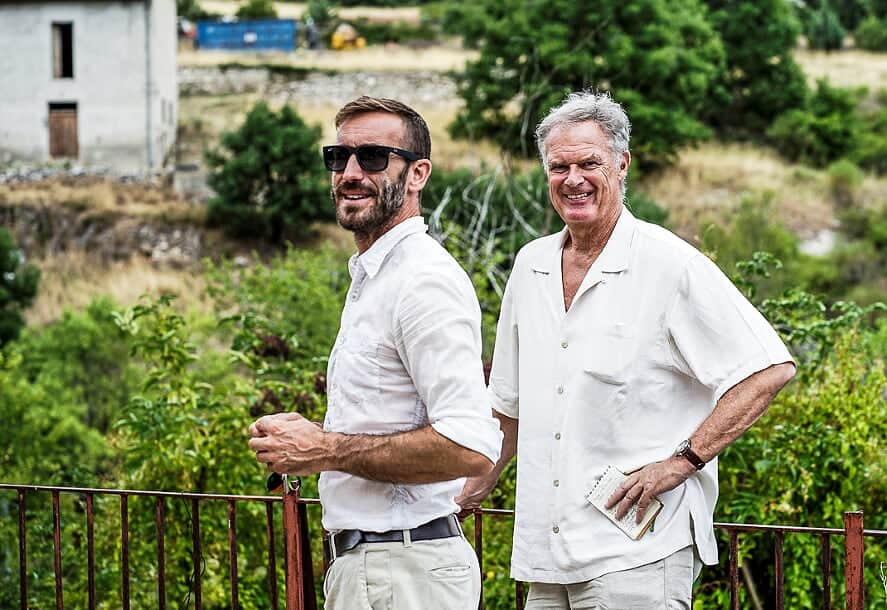
“Try to give it authenticity.”
He recalled one raffle in England that sold 700,000 pounds worth of tickets for a first prize that was only 100,000 pounds. He said they claimed the other 600,000 pounds was for marketing costs.
His transparency overcame skeptics concerned about a scam. However, I asked him how he answered those who wondered about the 6,000-1 odds.
“In terms of a lottery or a prize drive the odds are good,” he said. “Lotto is 1 in 49 million.”
The event went over so well and with the infrastructure already in place, they want to do it again. Why not? He has 4,500 people who bought tickets who are still interested in trying their luck a second time.
Don’t worry about the Abbotts. They can rent for a while until they find something to restore or buy close to their daughters’ school.
“We’ve actually developed a brand,” he said.
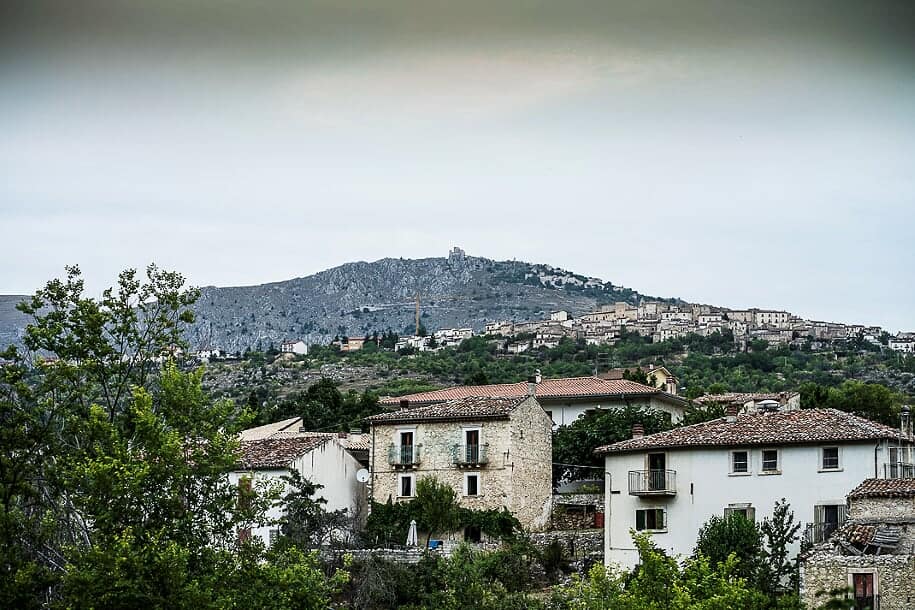
After lunch we drove to Carapelle Carvisio, a small collection of stone houses spread out on a hill. Their raffled house, a rustic, yellow stone building, sits unassumingly near a half a dozen multi-level structures, all dating back to at least the 1400s.
It would be ideal for a young family or someone writing a novel. While singles probably shouldn’t apply, the Italian who won is a bachelor who’s using it as an investment.
Marina and I could live here. It’s only 40 minutes from the sea and the 70 degrees we experienced that day was 20 degrees cooler than in Rome. We could live there just for the food and wine. We continued driving up into the hills. Jamie pointed up to the top of one hill where above the village of Rocca Calascio is a castle. Surrounding it is an abandoned village totally open for anyone to explore.
We drove by the village of Capestrano, home of the Capestrano Film Festival that showed 20 films from around the world last month. He pointed out Castel del Monte, the village where George Clooney, who lives on Lake Como, filmed “The American” and fell in love with the area.
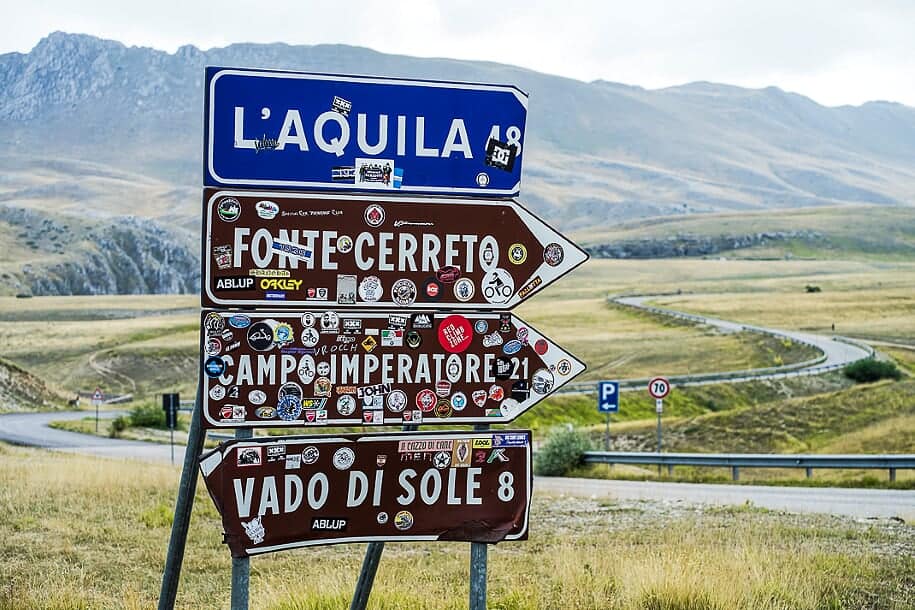
Marina and I then noticed something. We saw no other cars. Not one. It was August, the height of Italy’s tourist season, and we didn’t see another tourist. But it’s not like you’re alone out here.
“Sometimes you’ll see 50-60 wild boar on these roads,” Lea said.
We continued climbing past red and white barriers that close off the road during the winter snow season. We entered the Gran Sasso mountain range and Jamie pointed out Corno Grande, a 9,550-foot mountain he invited me to climb with him this fall. If the view from down below is this spectacular, I won’t find words for what I might find up there.

We finally reached a huge clearing where we found the cars. They had all stopped at Ristoro Mucciante. This is prototype Abruzzese barbecue where they serve the trademark Abruzzese dish, arrosticini. Jamie and I went inside to what looks like a huge butcher shop. Inside glass containers are sausages, bacon, beef slabs, ribs and lots and lots of skewered beef. These are the arrosticini, lean mutton you cook yourself on narrow, free standing coal barbecues. Jamie bought 15 of them and we sat down on one of the plethora of picnic tables with local Marcetto cheese spread on fresh local bread and the ubiquitous bottle of Montepulciano.
I’m not crazy about mutton. I had a lot in Kyrgyzstan in May and I’m still picking bits of fat from my teeth. But these mutton morsels were so lean they nearly melted in my mouth. Barbecue is one of the few things I miss in the U.S. but nowhere in Texas or Tennessee can you eat with this backdrop.
The Abruzzese version, with the surrounding mountains, pine and fir trees and old Italian vibe, who needed a backyard in a suburban cul-de-sac?

We ended our day back in L’Aquila. After seeing L’Aquila’s ugly past, we saw L’Aquila’s bright present and future. We passed numerous new buildings built to replace the damaged old. High-end jewelry stores and hip fitness outlets lined Corso Federico II, part of the city’s main drag.
It emptied into Piazza Duomo where we could see seven cranes hovering in the air. The Duomo’s beautiful round tower, badly damaged, has been restored. People came in and out of Chiesa di Santa Maria di Suffragio, the aptly named church that has a plaque listing all 308 people who died. It includes 20 children.
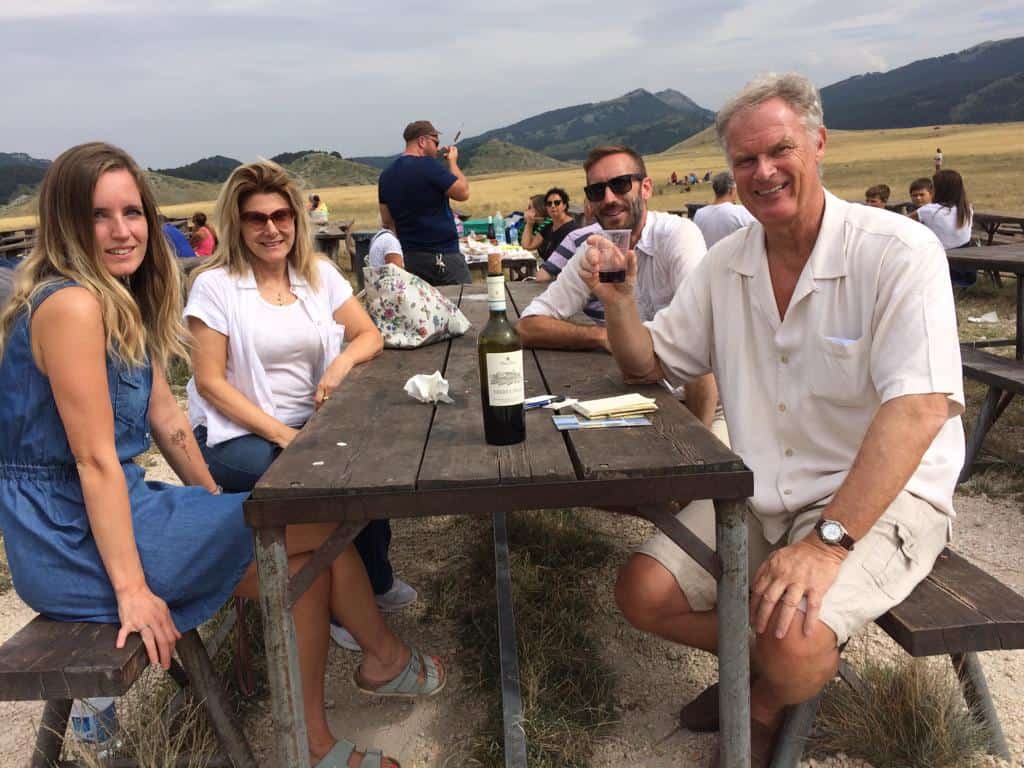
On the piazza, couples walked hand in hand. Teens flirted. We bought gelato and sat with locals enjoying life as if it never stops in a place this beautiful. With a black cherry gelato cone in my hand, the only signs of the earthquake was the cracked concrete on the piazza.
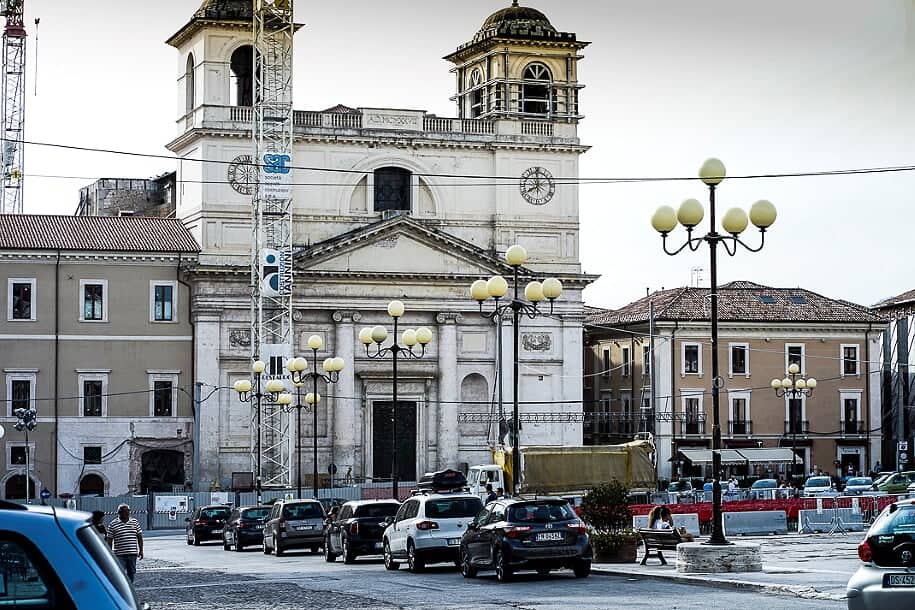
I wished Jamie good luck in his next raffle, which will begin soon. You can sign up and see more photos at www.winahouseinitaly.co.uk. Their Instagram account is @your_italian_house.


September 12, 2019 @ 3:44 pm
Great. Thanks. We love Abruzzo having been there three times. Stays in Penne, Sulmona and Lanciano. We have been very near the area you describe. We were part of the raffle and will certainly jump in again. Thanks.
September 13, 2019 @ 12:03 am
Great, Wes. Thank for the comment. Good luck.
September 18, 2019 @ 4:05 am
Great follow up. We too were part of the raffle (from New Zealand) and totally got our money’s worth of dreaming and romance. So much so that we are now planning a trip to Italy next year with Abruzzo firmly in the intinerary. And we will chance our arm with the next raffle- money well spent in our eyes!
September 18, 2019 @ 4:45 am
Glad you enjoyed the experience. Remember, it’s not just the destination. It’s the journey. By the way, how’d you hear about the raffle?
September 18, 2019 @ 1:52 pm
It came up via several Facebook and Instagram posts at once, travel and leisure, the guardian and was shared on ultimate Italy. All of a sudden I saw it popping up. The social media groundswell was pretty amazing
September 13, 2020 @ 6:30 am
AD